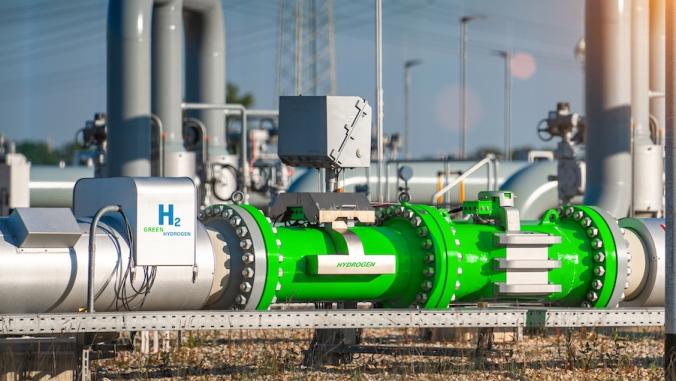U.S. policy is beginning to orient towards the unflinching rigid reality of climate change.
The slew of federal policies last year — CHIPS Act, the Inflation Reduction Act (IRA), and the Bipartisan Infrastructure Act — are the most hopeful set of climate laws this country has seen.
On one hand: Yea! About time some political bodies began looking further than the next election and embraced policies aligned with planetary limits.
On the other hand: Policy is a tricky tool to catalyze change. It makes rules hoping for specific outcomes, and when the rule isn’t in the best service of that outcome, there is little wiggle room, for better or worse.
That rigidness becomes even more challenging with large, sweeping laws aiming to address many things at once.
Case in point — the IRA. The law has a well-placed desire to correct societal challenges while addressing climate, which we most certainly should do. The trouble can start when the law is prescriptive on what should happen, which may work at cross currents with itself.
"It's like the jury's still out in terms of the CHIPS Act and the IRA really delivering on low-cost production," said Nancy Pfund, founder of DBL Partners, a VC climate tech firm, during a panel discussion at BloombergNEF’s summit in New York City last month. "And the question is, how do we reconcile very noble social workforce issues that we're trying to layer on to an economic development process?"
By way of example, Pfund cited the U.S. demand for semiconductors (four times that of other countries), with our relatively low manufacturing output. That will be a difficult gap to fill, Pfund says, especially with companies in the U.S. responsible for providing social benefits (such as health care and child care), a function covered by governments in other advanced democracies.
Pfund is highlighting something delicate but important. Most people I know who care about addressing climate also want to see social challenges — from inequality to environmental racism — to be addressed in tandem. Yet by frontloading both into legislation, it’s possible we aren’t addressing either as efficiently as we could.
For example, the United States wishes to bring back its manufacturing competitiveness while increasing clean energy deployments. However, when it comes to scaling climate tech, it may not make sense for the U.S. to focus on reinventing the wheel that other countries are able to make at a more competitive cost point.
John Paul Haverston, a professor at George Washington University, took this perspective in a conversation during the BNEF summit. If our goal is to accelerate deploying clean technologies as fast as possible, Haverston shared, it makes little economic sense to drive up the cost of foreign solar panels through restricting free trade.
At the heart of the challenge is a lack of broadly agreed upon vision. If politicians were in agreement that carbon emissions need to be reduced rapidly, the conversation would be about reaching that goal efficiently. Absent that, we’re married to a complex piece of policy, for better or worse.
I write this not to disparage policies dedicated to climate action. Indeed, I am delighted that these policies are the law of the land. Yet it is important for the advocates and implementers of these policies to approach their limitations and challenges wide-eyed, and work to make the most of unintended impacts.






